While many of us often prefer a hot bath or a warm shower to an icy dip, we can’t deny the growing research on the benefits of cold therapy. If you’re an athlete or a fitness enthusiast and you want to help relieve muscle soreness and enhance athletic performance, studies show cold water could do the trick. The cold plunge might also prompt the release of dopamine, noradrenaline, and mood-boosting, pain-relieving beta-endorphins.
Boosting your mood and immune system

While some of us might not feel like dipping into the iciness or stepping into that cold shower sometimes, researchers found that just one instance of cold-water immersion can increase dopamine levels by 250%. Dopamine is known as the “feel-good hormone” — a neurotransmitter in your brain that helps regulate pleasure and plays a role in your brain’s reward system. The cold plunge could perk up your mood.
Researchers have also discovered that cold-water immersion can boost the immune system, and ice bathing can be a potent tool for reducing pain and cardiovascular risks. With the mounting research on the benefits and the growing popularity of this practice, I caught up with the CEO of SILIENT, Mark Palchak, who has years of experience with cold therapy, and asked him to share the benefits, top tips, and more.
The SILIENT system
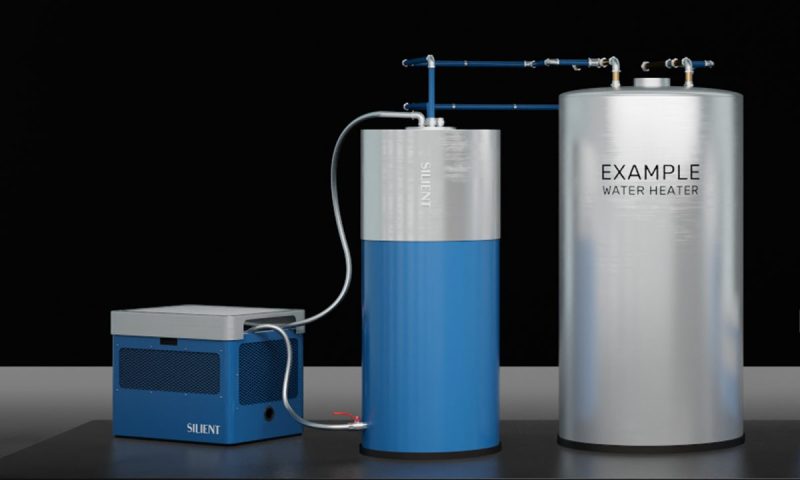
After experiencing the benefits himself as he recovered from an injury, Mark Palchak noticed that cold therapy options were either high-maintenance or a hassle and the cold water in our homes isn’t cold enough. Since we already have bathtubs and showers in our homes, why not figure out how to use them for cold therapy? Enter the SILIENT system that sits in your home utility room out of sight and delivers on-demand chilled water to your showers and faucets anytime you want to take the cold plunge. You can control the system using your phone with just the tap of a button.
Interview with Mark Palchak

The Manual: When did you first become interested in cold therapy?
Mark Palchak: Playing Rugby in college left me with deep bruises after our weekly games. Cold therapy was the difference between walking and hobbling for the first few days after the game.
TM: Research reveals benefits for the cardiovascular system, mental health, and more. What do you feel are the biggest benefits of cold water immersion?
MP: Immune system improvements are a proven benefit that seems to get less press despite the massive impact it can have on people’s lives. Everyone knows the loss of productivity from the common cold or flu, and getting those weeks back at work or in training can make a big difference in results.
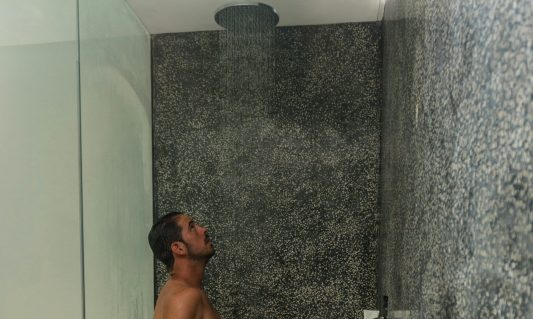
TM: The SILIENT system is innovative and provides tap water cold enough for a quick shower or bath at home so people can experience the benefits of cold water therapy. What made you get started with SILIENT?
MP: Carrying my newborn children around in my late 30s inflamed an old knee injury, and cold water therapy was really the only method that completely cleared up the pain. The side effects were amazing, and the morning ritual supercharged my mental state for the day. After doing some research, I realized the mental change I experienced lined up with both contemporary research and this ancient practice.
I was hooked and became passionate about getting this amazing experience out to as many people as possible. When I reviewed the options for cold therapy on the market, I realized they were all similar, and we could design a cleaner, more convenient way to integrate cold therapy into your daily life.

TM: One of the biggest advantages of the SILIENT system seems to be avoiding filling your tub with ice and having these cold temperatures on demand at home. What do you feel are the biggest advantages of the SILIENT system?
MP: The primary advantage of all SILIENT systems is clean, low-maintenance cold therapy. There’s no reused, sweaty bathwater and no weekly filter and water changes. The SILIENT home system can chill water in the shower and bathtub in your home bathroom with a unit operating from your utility room. Additionally, the system can convert an outdoor pool shower or home gym shower to a chilled shower.
The SILIENT commercial system can provide clean, no monthly maintenance cold showers in your health and wellness center. The current systems that force customers to reuse sweaty bathwater are not the way of the future.
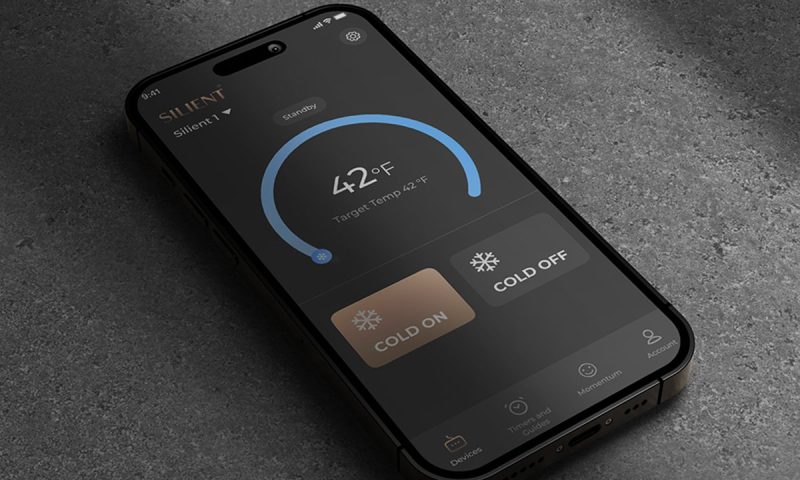
TM: SILIENT helps provide water temperatures as low as 39°F. According to the Cleveland Clinic, 39°F is a more advanced temperature, better suited for individuals with more experience with cold water immersion. Does the SILIENT system allow you to adjust the cold temperature, and what temperature range would you recommend for beginners?
MP: 39F is absolutely for advanced users only. The SILIENT system allows you to adjust the temperature of the chilled water that’s stored for on-demand use in the SILIENT cold tanks.
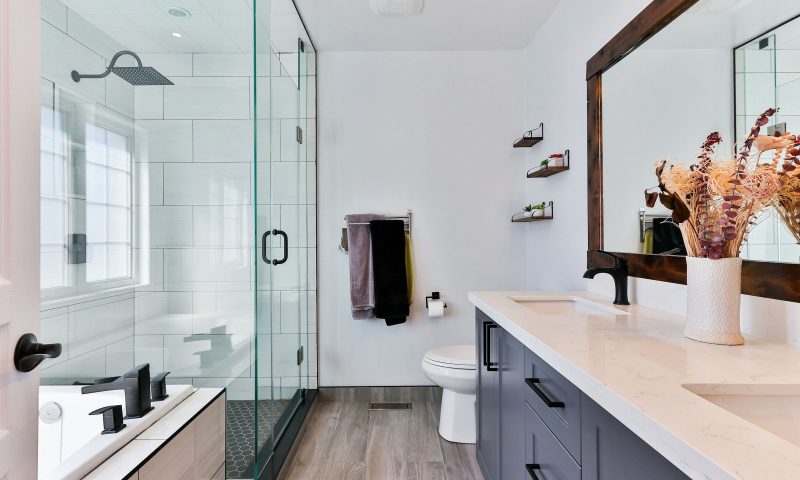
TM: Do you recommend a cold shower or bath after a workout? When is the best time to do cold therapy?
MP: The reality is either one will work for cold therapy. The shower can be a more mentally difficult experience because there’s constant chilled water running over your skin, whereas, during a bath, a thermal layer can be formed around the skin, insulating your body from the full impact of the cold. This can really activate the norepinephrine and dopamine early in the day.
The best time for muscle recovery is immediately after a workout, and the two best times for accelerating your mental game are early in the morning and early afternoon when you need a boost to get through the post-lunch malaise.
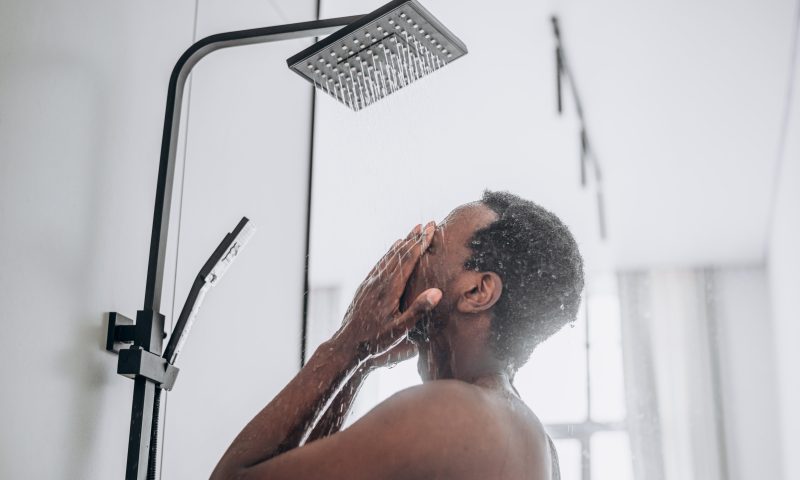
TM: What are your top tips for beginners getting started with cold therapy?
MP: We suggest beginners take one of two options: either start all the way up at 60°F and reduce the temp by three or four degrees per week or start with a much lower temperature for just 10 seconds and increase by 10 seconds every week. Either way, it will help you acclimate to the experience and increase the probability you stick with it over time.
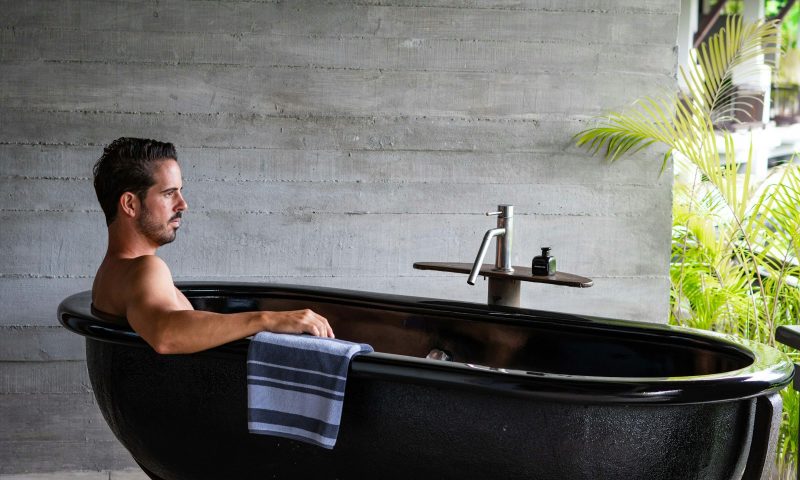
TM: Could you share how you use cold water therapy these days? For example, how many times a week, and what’s your preferred method?
MP: I take a cold bath immediately after a workout, right before I start my workday. I go deep on my toughest work tasks first, which all feel like a hot knife through butter after the cold water. In the early evening, I typically do contrast therapy, moving between my hot sauna and cold shower at least twice, which completely relaxes me, adding pixie dust to my sleep.




